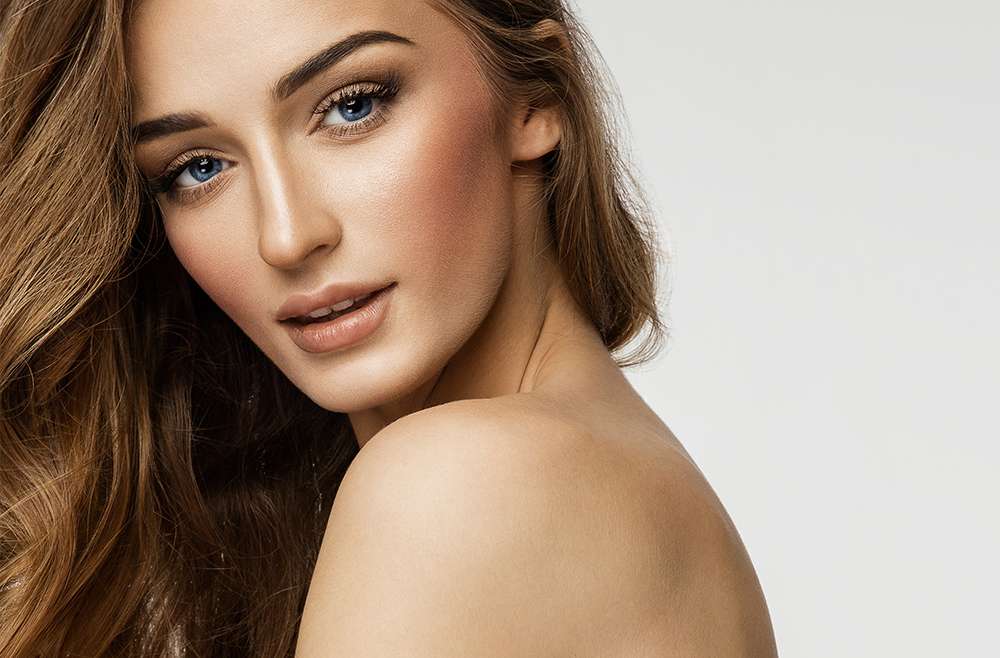What is Blepharoplasty?
Blepharoplasty, also known as eyelid surgery, is designed to treat drooping or puffy eyelids that may be aging your facial appearance. It can be performed on the top eyelids, bottom eyelids, or both, typically to reduce sagging in the lower eyelid and/or remove excess tissue in the upper eyelid. The results from the surgery can have both aesthetic and functional benefits, and are long-lasting.
Puffiness and bags under your lower lids and the hooded skin on your upper lids might cause you to look constantly tired, sad and older. In some cases, overhanging eyelids might even cause vision problems. Discreet incisions are placed to remove excess skin and reposition fat deposits to restore a more youthful and healthier appearance around the eyes.
Achieved with Blepharoplasty
Eyelid surgery can treat multiple signs of aging. Many patients choose to undergo Blepharoplasty to correct:
• Sagging upper eyelids
• Drooping lower eyelids
• Wrinkles around the eyes
• Puffiness under the eyes
• The appearance of chronic fatigue or anger
Blepharoplasty Techniques
Upper Eyelid Lift
An incision is placed in the natural fold of the upper eyelid. Excess eyelid skin and fat are removed. The upper eyelid muscles are repositioned as necessary, tightening the upper eyelids.
Benefits:
Incisions don’t leave any visible scarring
Upper eyelid drooping is corrected
Improves poor visibility caused by low-hanging eyelid tissue
Smooths wrinkles surrounding the eyes
Lower Eyelid Lift
An incision is created along the lower lid just beneath the lash line. Excess skin is excised. An incision may be created within the lower eyelid to reposition fat that causes puffiness and to tighten the lower eyelid muscle.
Benefits:
No visible scarring
Corrects puffiness beneath the eyes
Improves the appearance of chronic fatigue
What A Blepharoplasty Won’t Do
Eyelid surgery will not eliminate facial wrinkles such as crow’s feet (the wrinkles at the corners of the eyes), nor will it solve discolored bags under the eyes. As these conditions often occur concurrently with those treated by blepharoplasty, you may want to combine another treatment option with your eyelid surgery. Many patients opt to have fillers injected to improve volume and reduce wrinkles.

Your genes, skin quality, and maintenance routine are important factors in the longevity of your facelift. However, the results of an upper eye lift can typically be expected to last between eight and ten years, while lower lid surgery is permanent.
Dr. Aboumoussa will discuss how long it will be before you can return to your normal level of activity and work. After surgery, you will receive detailed instructions about your post-surgical care, including information about normal symptoms you will experience as well as your recovery process.
Assisted local anesthesia is usually recommended for this surgery.
We Can Help You
Dr. Joseph Aboumoussa is an experienced, highly trained plastic and reconstructive surgeon whose techniques have gained acclaim from his patients all around France, Lebanon and the Middle East.


